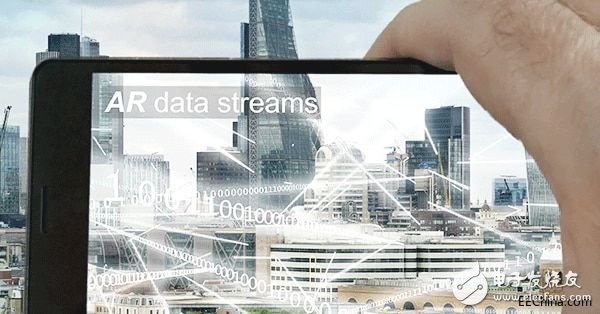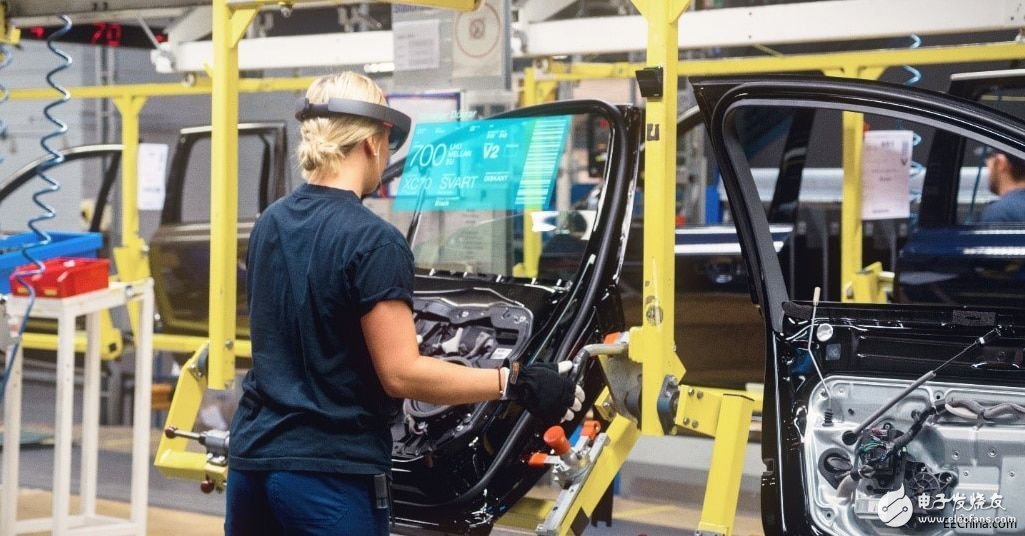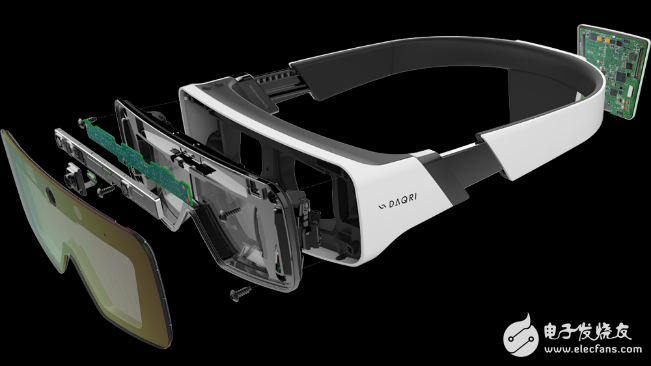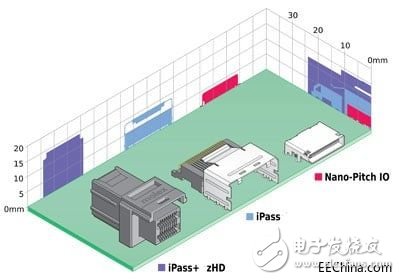Time Magazine and ABI Research Institute claim that AR is the future of technology. Why? Because it is the link between the digital and physical worlds, and it will change the rules of some industries, including manufacturing, energy, and healthcare. The concept of AR has existed for many years. It can superimpose text and images on real-world objects, which has attracted countless amateurs and technical enthusiasts. However, in 2016, the mobile game "Pokémon Go" pushed AR to the mainstream, and at the same time showed the world how AR devices can expand themselves as a tool for workers in various industries in the future. The design of AR equipment faces many hardware challenges. This article shows how AR can change the environment of scenes like construction sites and factory workshops, and explores ways to overcome challenges in the process of designing feasible AR products. By superimposing digital information on physical entities to give industry practitioners and work scenarios more flexibility, this idea is very bold and is bringing revolutionary changes to many industries. For example, AR may revitalize the manufacturing industry. By connecting workers with equipment, they can interact with sensor data, which will bring about automation of staff operating guidelines or standards, and the ability to view specific operations in real time Content (Figure 1). Figure 1: AR can superimpose digital information onto actual physical objects, and it can transform industrial workplaces. For example, workers in the factory follow the instructions to assemble products step by step or industrial designers use AR to display new and old products bit by bit, so that there is no need to design and produce expensive equipment for display purposes only. Prototype. Other examples include providing signs, information, and diagrams on glass screens when repairing equipment on site, so that they can get help from remote engineers. Technicians can use AR wearable devices to manage pump station operations without going to the computer console. AR technology can even allow new employees or DIY enthusiasts to use AR superimposed instructions to gradually identify and repair problems. Hyundai Motor Company launched an AR manual for car owners in 2015. This app can be used on smartphones and tablets, allowing car owners to scan any part of their car and repair it with the help of 3D overlay images and instructional videos. These are just a few ways to provide technical support to on-site employees while reducing the work pressure of experts in the central office. The human-machine interface (HMI) used by AR needs to superimpose the schematic and audio onto the actual object in order to complete some tasks, such as motion tracking, pattern recognition, and data visualization. AR hardware (including cameras, sensors, displays, and connectors) is rapidly improving itself, and its human-machine interface can serve various industrial applications. Designing an AR interface faces some unique challenges. First, the APIs and App ecosystem are still evolving. The limited field of view in the headset, headsets, and displays also pose unique challenges in terms of hardware selection. • The display needs to be thinner and lighter in order to meet the requirements of industrial design (Figure 2) • Power transmission must be efficient to prevent data overload and equipment failure • Components such as cameras, sensors and displays must be able to adapt to ultra-high-speed graphics and video streams with almost zero latency The connector must be compact, light, fast and reliable. Figure 2: AR devices such as smart glasses launched by DAQRI require thinner and lighter components to meet the requirements of industrial design Connectors are particularly important in AR hardware design. Generally, they need to be compact, thin and fast. AR design requires miniaturization of the connector, which can replace the bulky interconnection solution limited by the number of pins. These connectors should be reliable enough to ensure signal integrity while serving AR applications with high-speed data links. In addition, the connectors in the AR design need to meet the ever-increasing data transmission needs and increased port density, and they should be able to provide multiple protocol support to achieve multiple technical applications. The Nano-Pitch I/O interconnection system launched by Molex has enhanced data speed and signal integrity, and its shape design is becoming increasingly compact. In addition, it also provides flexible pin assignments optimized for high-speed applications. Maximum high-speed data transmission channel within the cable length. The size of these connectors is 5mm x 23mm x 9mm. The height of the connector and the cable connection is 12mm, which is used for the right angle cable lead out (Figure 3), which makes them suitable for AR devices such as headsets and smart devices. Glasses etc. Figure 3: Connector miniaturization is critical to increasingly complex circuit packaging and ultra-small AR design The highly compact AR device also requires the connector to provide the optimal layout and routing of the high-speed connection signal line, thereby minimizing the PCB size. The Nano-Pitch I/O connector introduced by Molex ensures the vertical and horizontal configuration of the PCB Improved design flexibility. The power supply to the machine also needs to be powerful enough to provide power support for the video subsystem (such as a stereo camera). Small-sized power connectors usually face the choice between exposed terminals and completely isolated terminals. The former is easily damaged when exposed to the outside, and the latter will take up too much space. The Nano-Fit power connector introduced by Molex solves this design problem. It uses completely isolated terminals while keeping the package pin spacing at 2.5mm. In addition, it is implemented on a PCB with multiple terminals of the same circuit size. Simplified assembly, these connectors provide a variety of options to ensure correct matching and TPA (Terminal Position Assurance) requirements, which eliminates the risk of terminals that may fall. The research organization ABI predicts that enterprise-level AR applications will usher in an inflection point in 2018. AR designers are quickly overcoming hardware challenges. The overall technological progress may be much faster than many industry observers believe. There are many hardware aspects to consider in the design of AR devices, especially connectors. "Pokémon Go" showed the world how AR attracts us. Now we need to create AR devices for other industries and further develop the potential of AR.
Fiber Fast Connector,Fiber Quick Connector,Fast Connect Fiber Connectors,Fiber Optic Quick Connector Ningbo Fengwei Communication Technology Co., Ltd , https://www.fengweicommunication.com



Optical fiber connector is a detachable (movable) connection device between optical fiber and optical fiber. It connects the two end faces of optical fiber precisely, so that the optical energy output by the transmitting optical fiber can be coupled to the receiving optical fiber to the maximum extent, and the impact on the system caused by its involvement in the optical link can be minimized. This is the basic requirement of optical fiber connector. To a certain extent, optical fiber connectors affect the reliability and performance of optical transmission systems.